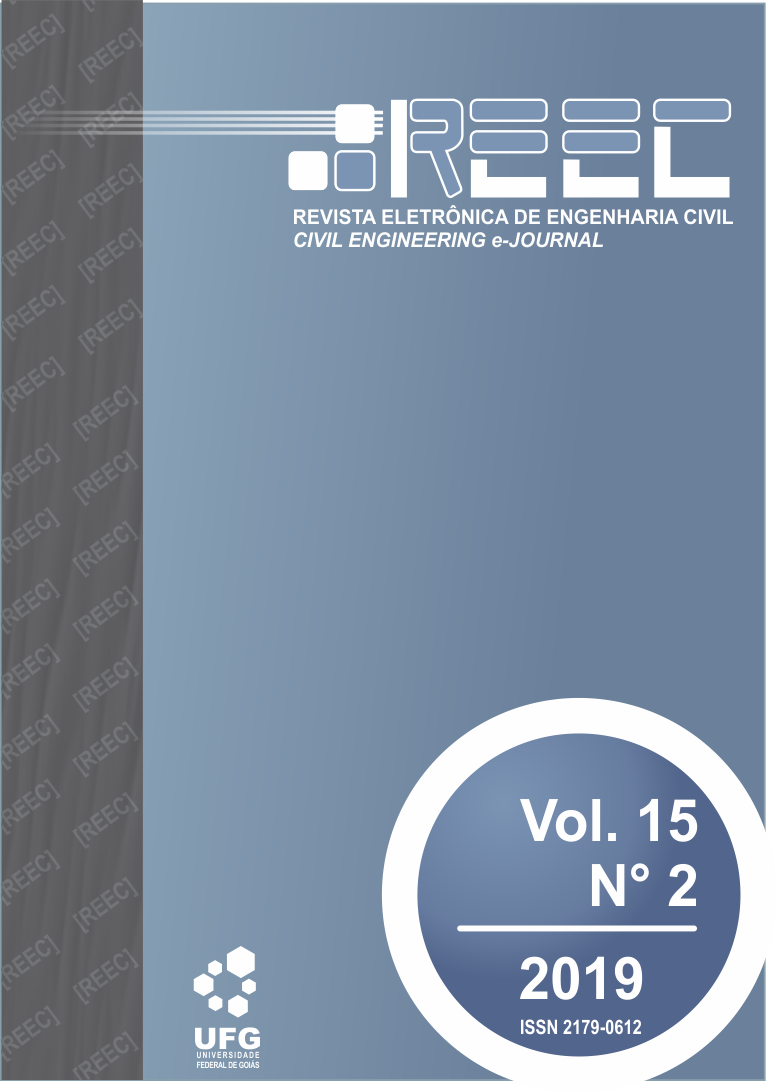Mapping of pathological manifestations in external harvested coverings of multiple floor buildings
DOI:
https://doi.org/10.5216/reec.v15i2.52140Abstract
ABSTRACT: This paper aimed to mapping and analyze the pathological manifestations that interfere in the external mortar coverings of four residential buildings with multiple floors, located in the municipality of Presidente Prudente – SP – Brazil, as well as the identification of their probable causes, which allowed to recognize if the origins of the majority of the pathological problems arise from project failures or inaccuracies, plaster quality, failures of execution and, faults or failures of maintenance in structural systems and in constructive elements, during the use of these buildings. These results made it possible to classify the effects and causes of the anomalies identified in the external mortar coverings of the buildings, as well as to develop comparative tables for their analysis involving the effects, the probable origin and the influence of temperature and humidity on the causes of manifestations observed in buildings. In view of the above, the pathological manifestations in the mortar coatings studied were attributed to the negligence of actions and the non-consideration of aggressive agents, leading to the finding that the anomalies identified are due to omissions, lapses in detail and / or project interferences. Finally, this study contributes with data that serve as a warning to professionals in the area of civil construction.
Downloads
Downloads
Published
How to Cite
Issue
Section
License
Autores que publicam nesta revista concordam com os seguintes termos: Autores mantém os direitos autorais e concedem à revista o direito de primeira publicação, com o trabalho simultaneamente licenciado sob a Licença Creative Commons Attribution que permite o compartilhamento do trabalho com reconhecimento da autoria e publicação inicial nesta revista.
![[REEC] Revista Eletrônica de Engenharia Civil](https://revistas.ufg.br/public/journals/30/pageHeaderLogoImage_pt_BR.png)



